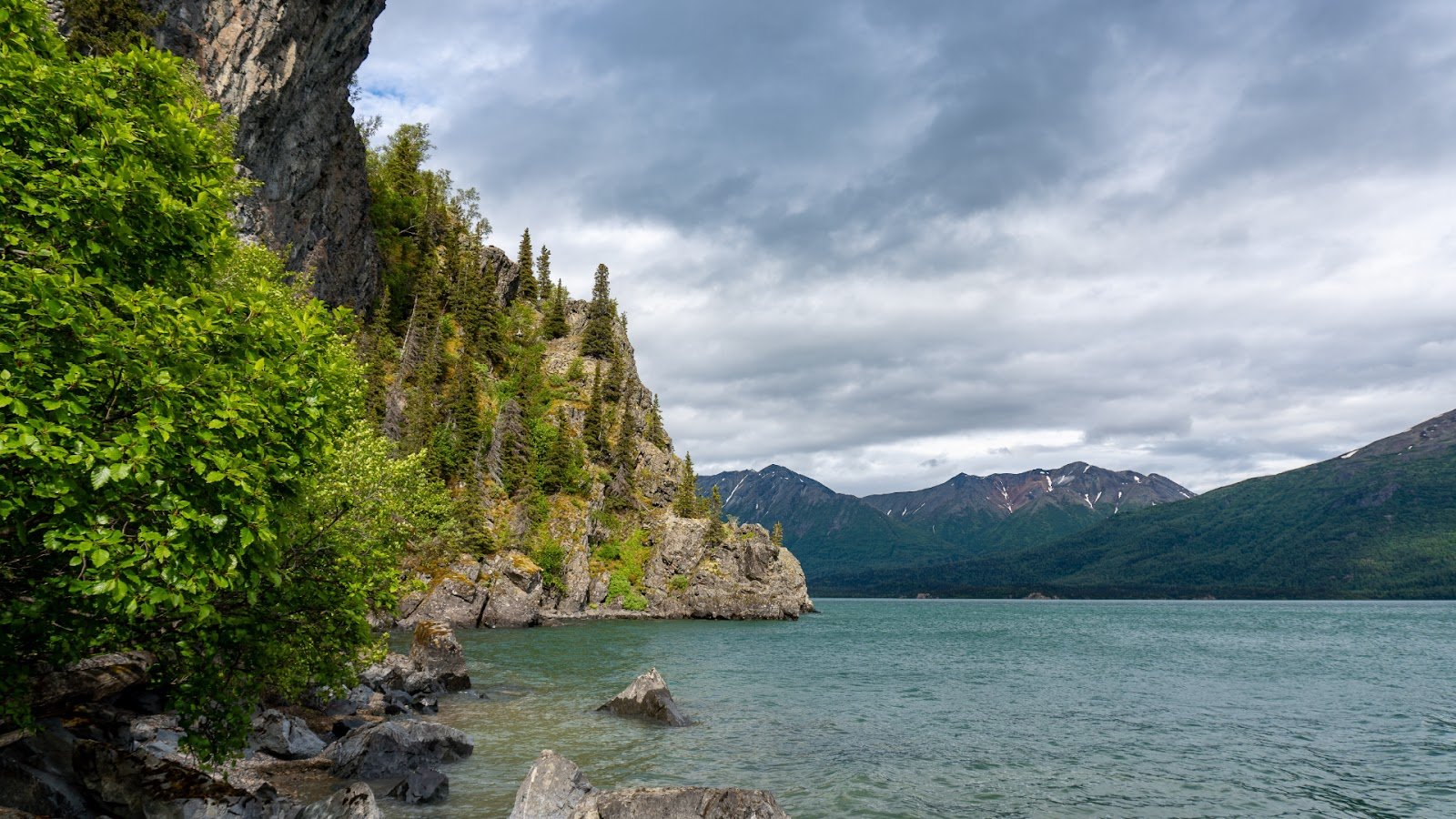
Think Lake Clark National Park is Alaska’s best-kept secret? It sits tucked away south-central and ranks among the largest national parks in the USA. Most tourists head elsewhere. Good news: you’ll probably share this incredible wilderness with very few others. Its scenery is stunning, activities varied – hard to match elsewhere.
Getting there? Fly. Only small planes from Anchorage or Homer reach Lake Clark. No roads enter. That barrier means fewer people. But let’s be real: it also means adventure and a genuine taste of Alaska.
What Lake Clark Has To Offer?
Wildlife Watching Adventures
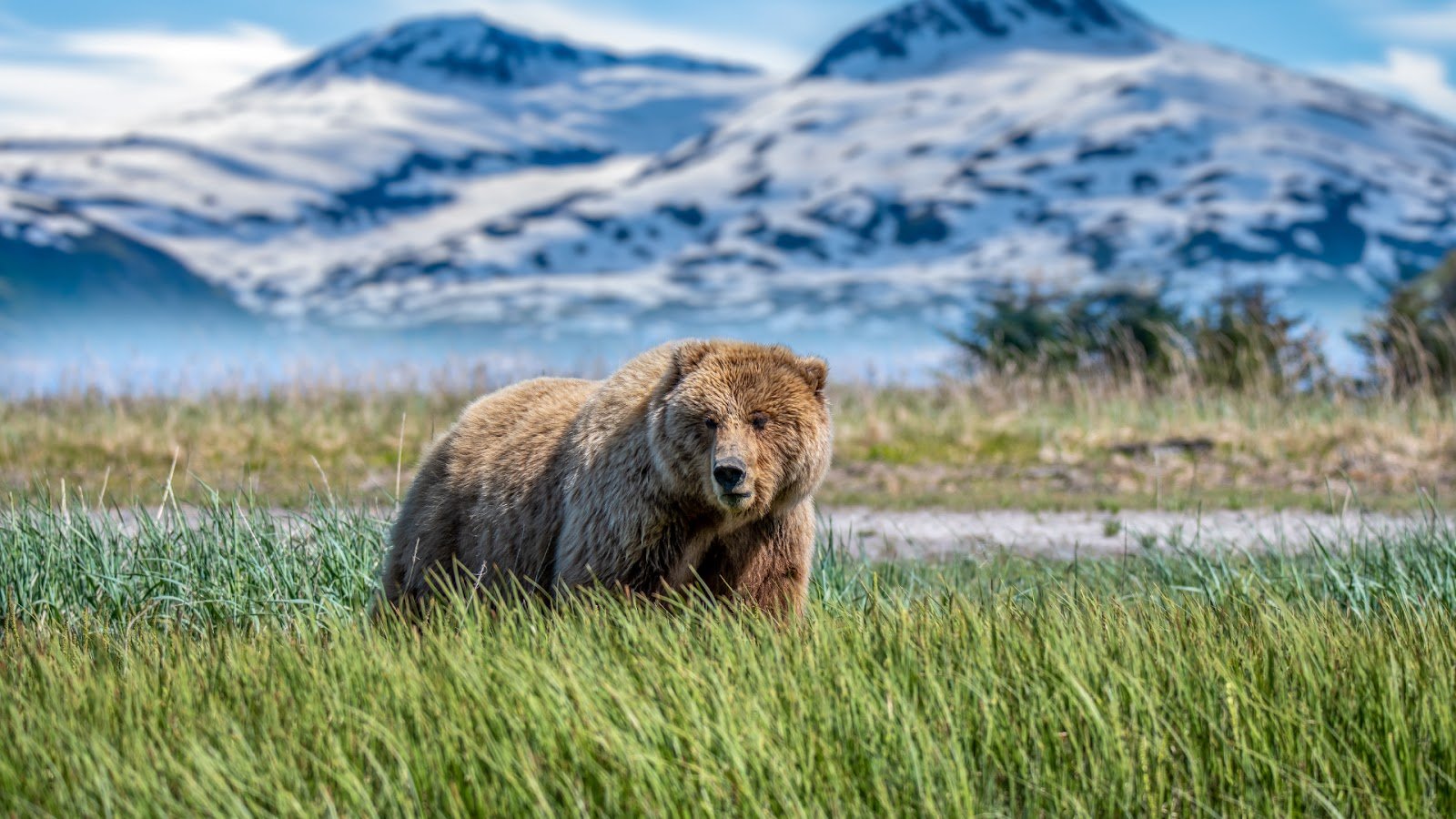
Brown bears rule Lake Clark. In summer, these giants crowd salmon streams—unforgettable to watch. Check out Silver Salmon Creek or Chinitna Bay for top bear viewing.
Prime time runs June to September. See moms with cubs early on; by fall, bears are bulking up for winter hibernation. Guided tours help you watch safely and learn about bear habits.
Caribou herds move through the park with seasons. Watch massive groups cross the tundra. Their migration follows ancient routes, thousands of years old.
Wolves, lynx, and wolverines live here too. Spotting these shy predators takes patience and luck. Try early mornings or late evenings for your best shot.
Coastal waters host marine life. Beluga whales, harbor seals, and sea otters populate Cook Inlet. Steller sea lions gather on rocky shores to breed.
Bird lovers find over 190 species. Bald eagles soar above. Ptarmigan dart across alpine meadows. In wetlands, watch sandhill cranes perform intricate mating dances.
Fishing Opportunities

Lake Clark’s waters are full of salmon. Five kinds come back to park rivers to spawn: kings, silvers, reds, pinks, and chums. They don’t all arrive at once. This stretches the fishing season from May into October.
Rainbow trout here get really big. You might hook one over 30 inches long. They grow fast because they feast on salmon eggs and bits.
Lake trout stick to deeper parts of big lakes. These fish are predators. They can live past 40 years and get huge. When lakes freeze, you can try ice fishing.
Clear mountain streams hold grayling. They have striking sail-like fins on their backs. They put up a fun fight with light gear.
Fishing rules change depending on where and when you go. Anglers over 16 need an Alaska license. Certain waters have extra rules, especially to guard spawning salmon.
Hiking and Backpacking Trails

Forget about formal trails here in Lake Clark National Park. Most hiking uses game trails, river valleys, or ridgelines. It means you’ll need solid navigation skills for a true wilderness trip.
One of the few maintained paths is Tanalian Falls Trail. This easy 1.5-mile walk near Port Alsworth ends at a great waterfall. It’s perfect for families.
Want something longer? Try the Tanalian Trail. This historic path follows an ancient Native route between Lake Clark and Lake Telaquana. Plan several days; it’s tough hiking across different grounds.
Up on the ridges, views are sweeping. Alpine areas above the trees offer easier walking on firm ground. Wildflowers look their best in July and early August.
Down in river valleys, paths follow salmon streams through thick woods. Expect mud and challenge, but chances to see wildlife are high. Always pack bear spray and make some noise while moving.
No backpacking permits are needed, but registering is a smart safety step. Alaska weather shifts fast, so having the right gear is key for overnight trips.
Scenic Flight Adventures
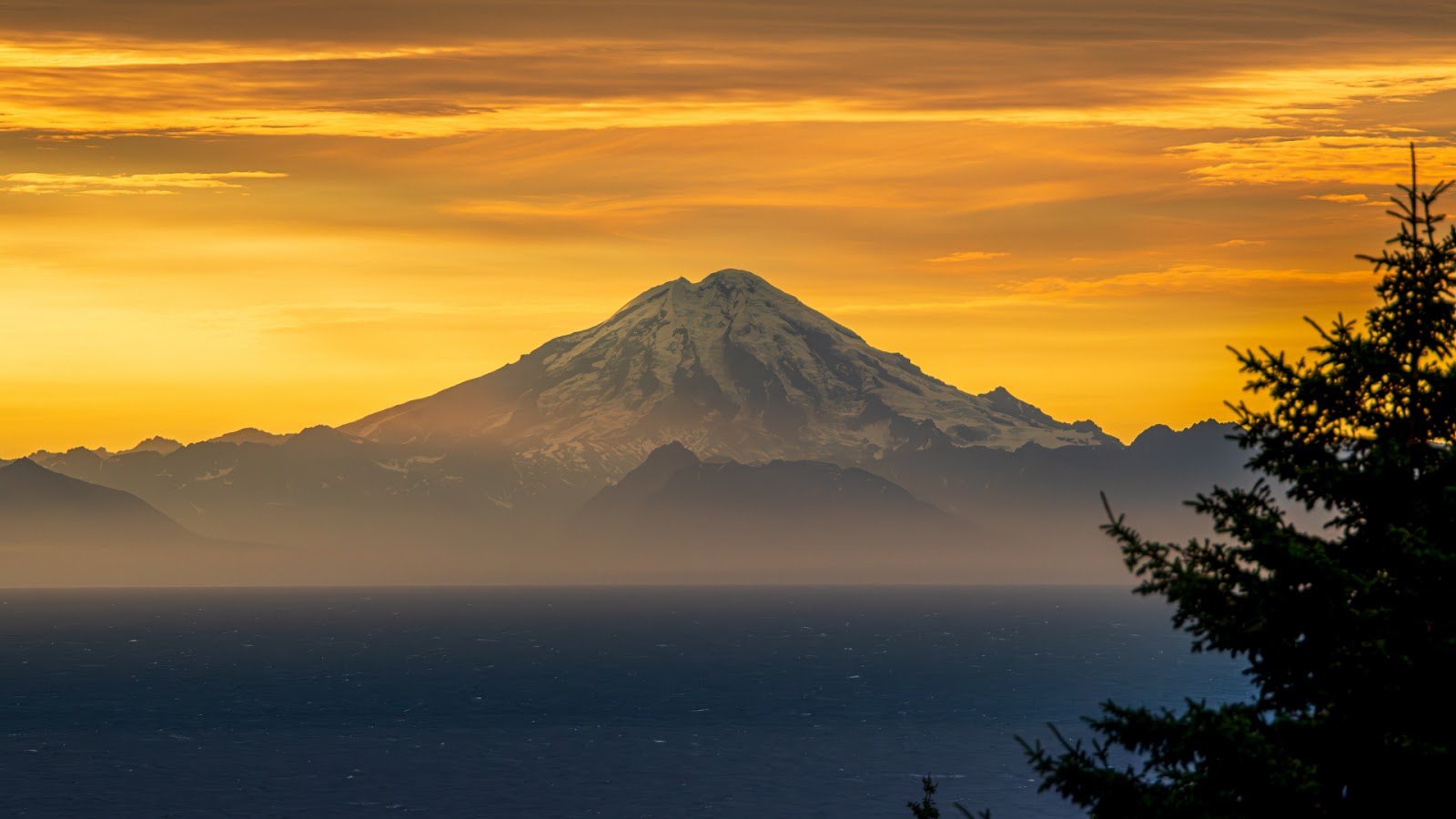
Small planes get you to places you simply can’t walk to. Taking a flightseeing tour really shows you just how huge this park is, with all its different scenery spread out below. You see glaciers, volcanoes, lakes, and tundra laid out like a giant map.
Active volcanoes, Mount Redoubt and Mount Iliamna, tower over 10,000 feet. You can spot them from lots of spots in the park, sometimes even catching steam rising.
Seeing glaciers from above gives a totally unique view. Several flow right down from Chigmit Mountains into park valleys. From up here, changes in these ice rivers become clear.
Bush pilots offer drop-offs for hikers seeking real wilderness. Favorite starting points include Turquoise Lake, Twin Lakes, and areas along the upper Mulchatna River.
Water Activities
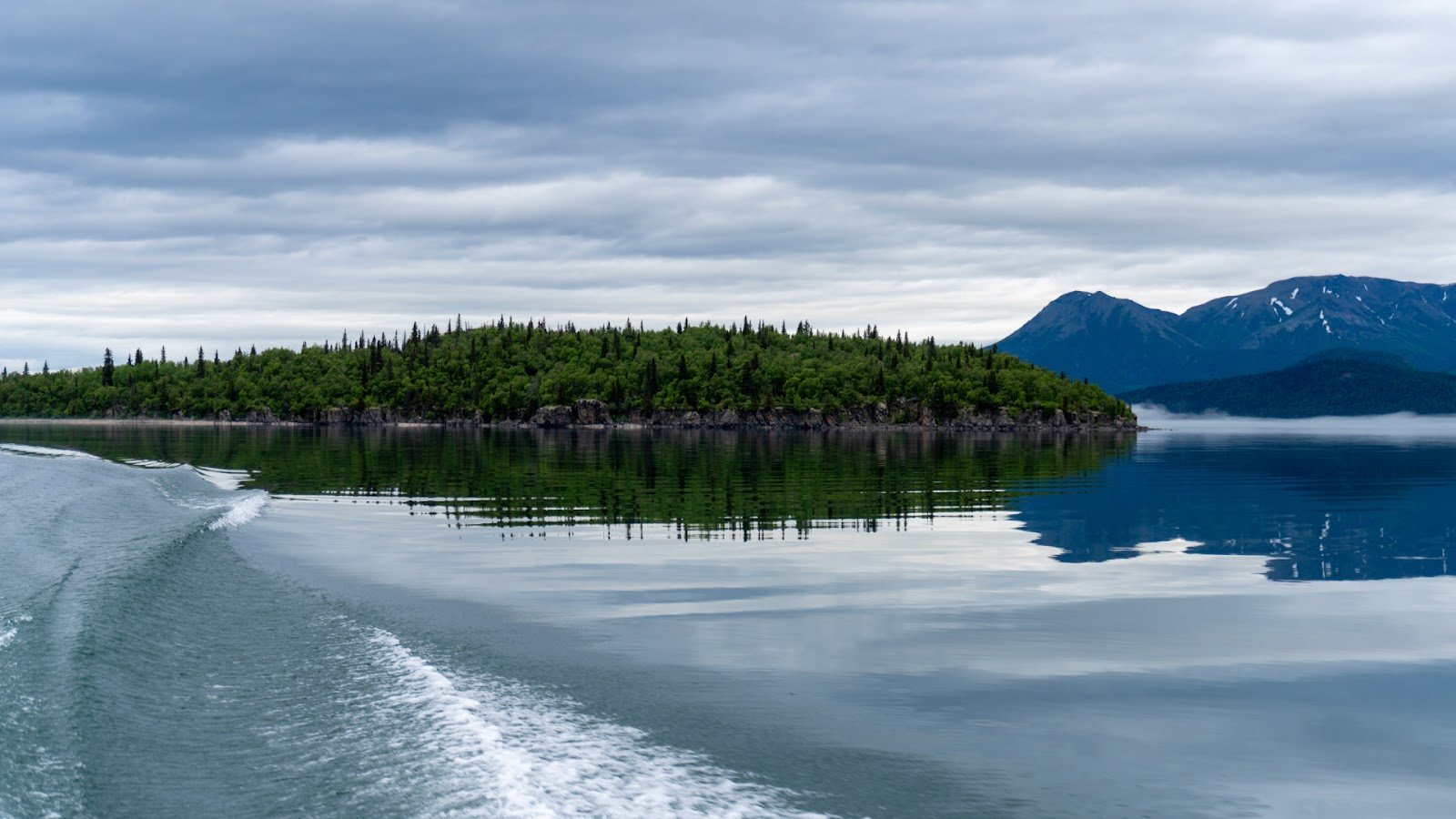
Paddling a kayak or canoe offers a peaceful way to see park waters. Lake Clark itself runs 42 miles long, perfect for paddling. On calm mornings, its surface acts like a mirror, reflecting surrounding mountains.
Nearby Kontrashibuna Lake links to Lake Clark after a short carry-over. This smaller spot provides a more personal paddling feel and great fishing chances.
For those with experience, floating park rivers are a big draw. Mulchatna River allows multi-day trips through untouched wilderness. Rapids there range from Class I to III, changing with water levels.
Inflatable rafts work well for accessing fishing spots and gentle floats. Many people combine fishing with scenic drifting on larger rivers.
Remember: water stays cold here. Hypothermia is a real risk, even in summer. For a longer time on water, dry suits or good rain gear are necessary.
Photography Opportunities
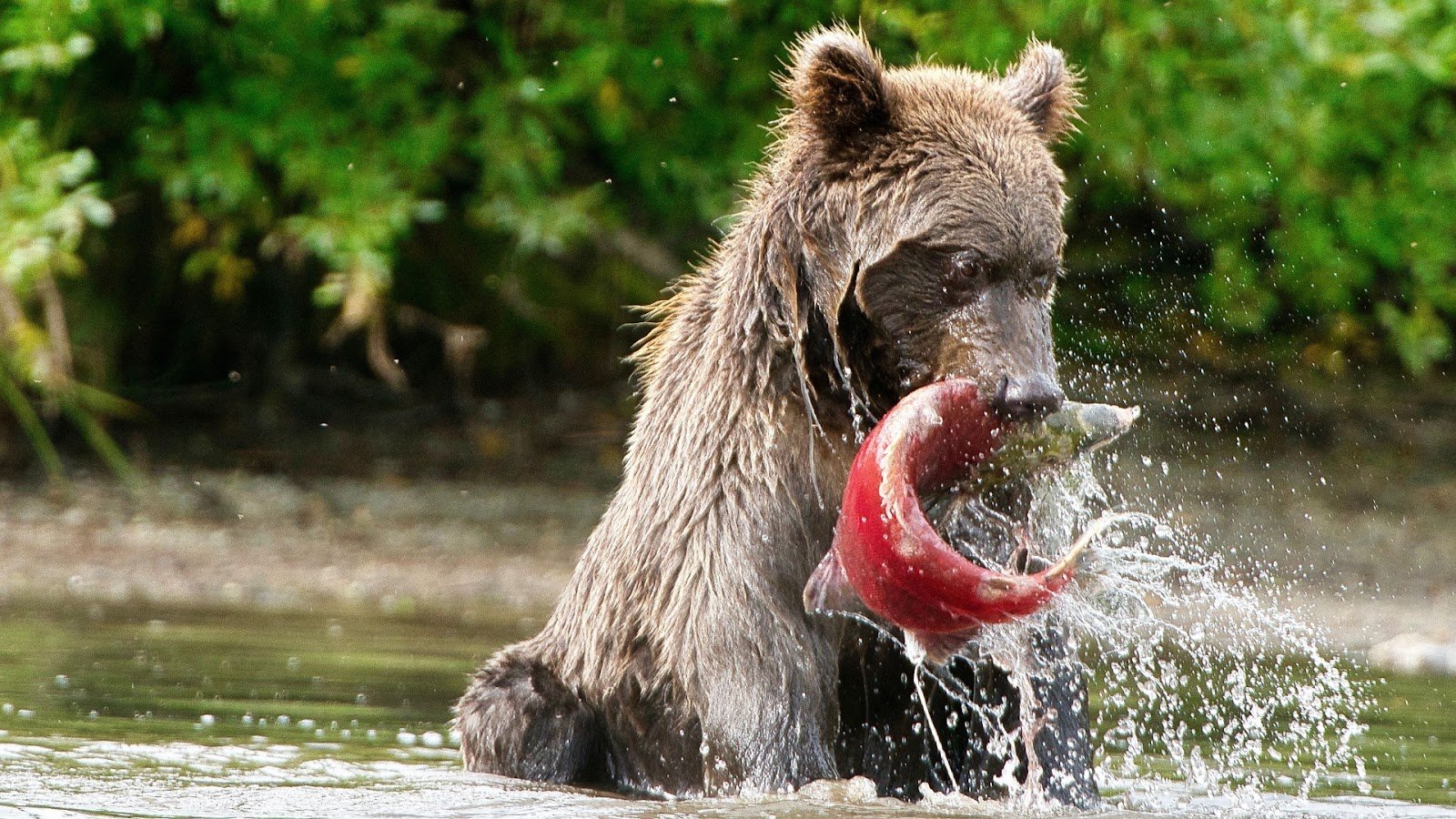
Lake Clark National Park is a photographer’s dream. You’ll find endless subjects. Picture mountains perfectly mirrored in calm lakes – pure, classic Alaska. Early morning or late evening light transforms these scenes dramatically.
Want wildlife shots? Bring a telephoto lens and plenty of patience. Bears catching salmon offer exciting action. Caribou stand out sharply against dramatic skies.
Mid-summer is prime time for wildflowers. Alpine meadows burst with color in their short season. A macro lens reveals Arctic flowers’ tiny, intricate details.
Winter and shoulder seasons bring the aurora borealis. Dark skies here mean little light pollution, perfect for northern lights photography.
Don’t fear changing weather for glacier and mountain shots. Storm clouds, skies clearing after rain, dramatic lighting – it all creates fresh compositions constantly.
Cultural and Historical Experiences
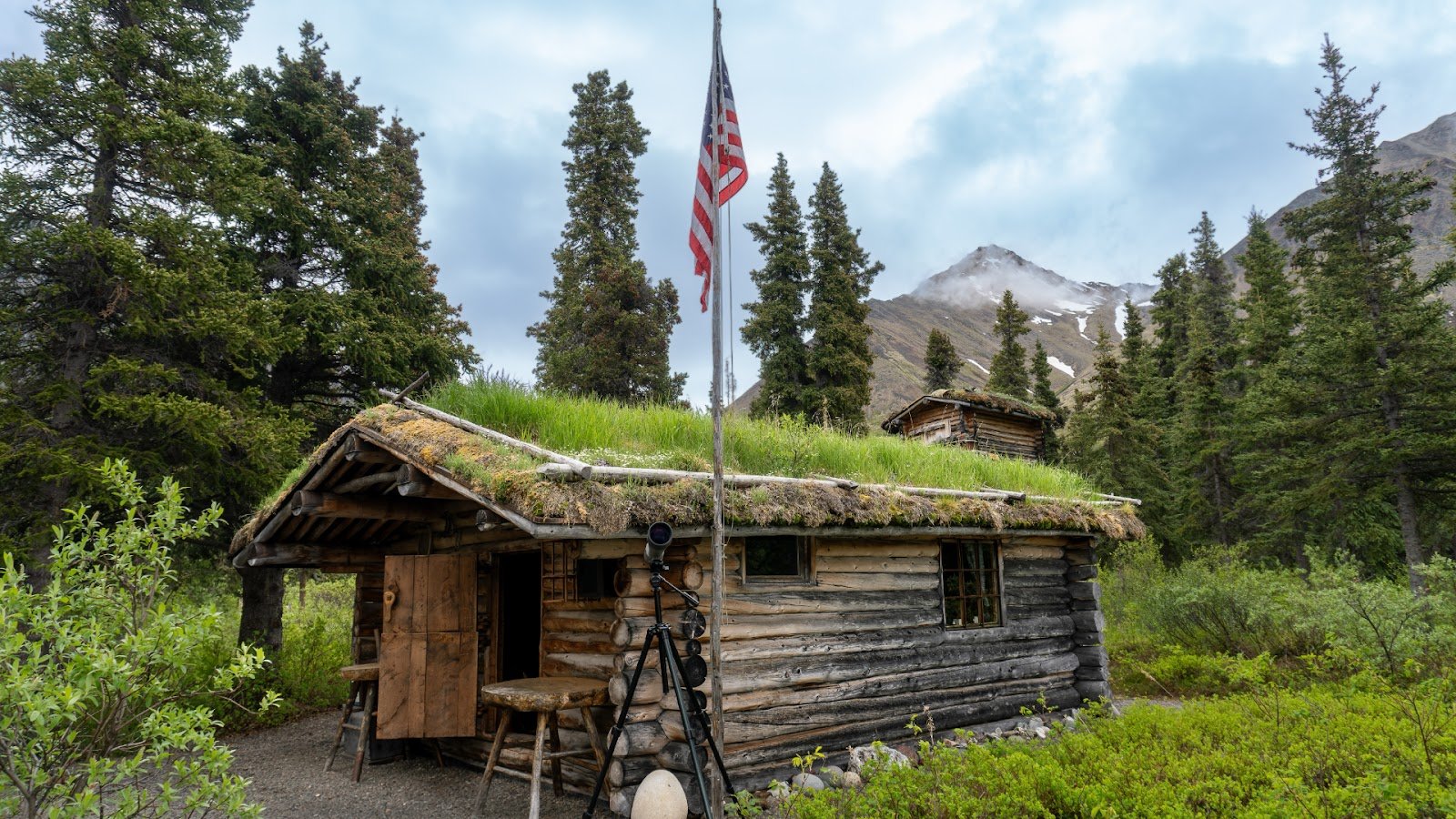
For thousands of years, Dena’ina people called this land home, long before it was a park. You can find signs of ancient hunting camps and seasonal villages scattered throughout. Please respect these places; observe them from a distance.
Back in the 1800s, Russian fur traders set up posts along Cook Inlet. Near the coast, you might still spot ruins from that era.
Gold mining also happened inside park boundaries. Old equipment and abandoned structures show a piece of Alaska’s mining past. Feel free to take pictures, but don’t remove anything.
Alaska’s bush flying heritage is strong here. Legendary pilots once flew supplies and people into remote spots right inside today’s park.
Seasonal Considerations
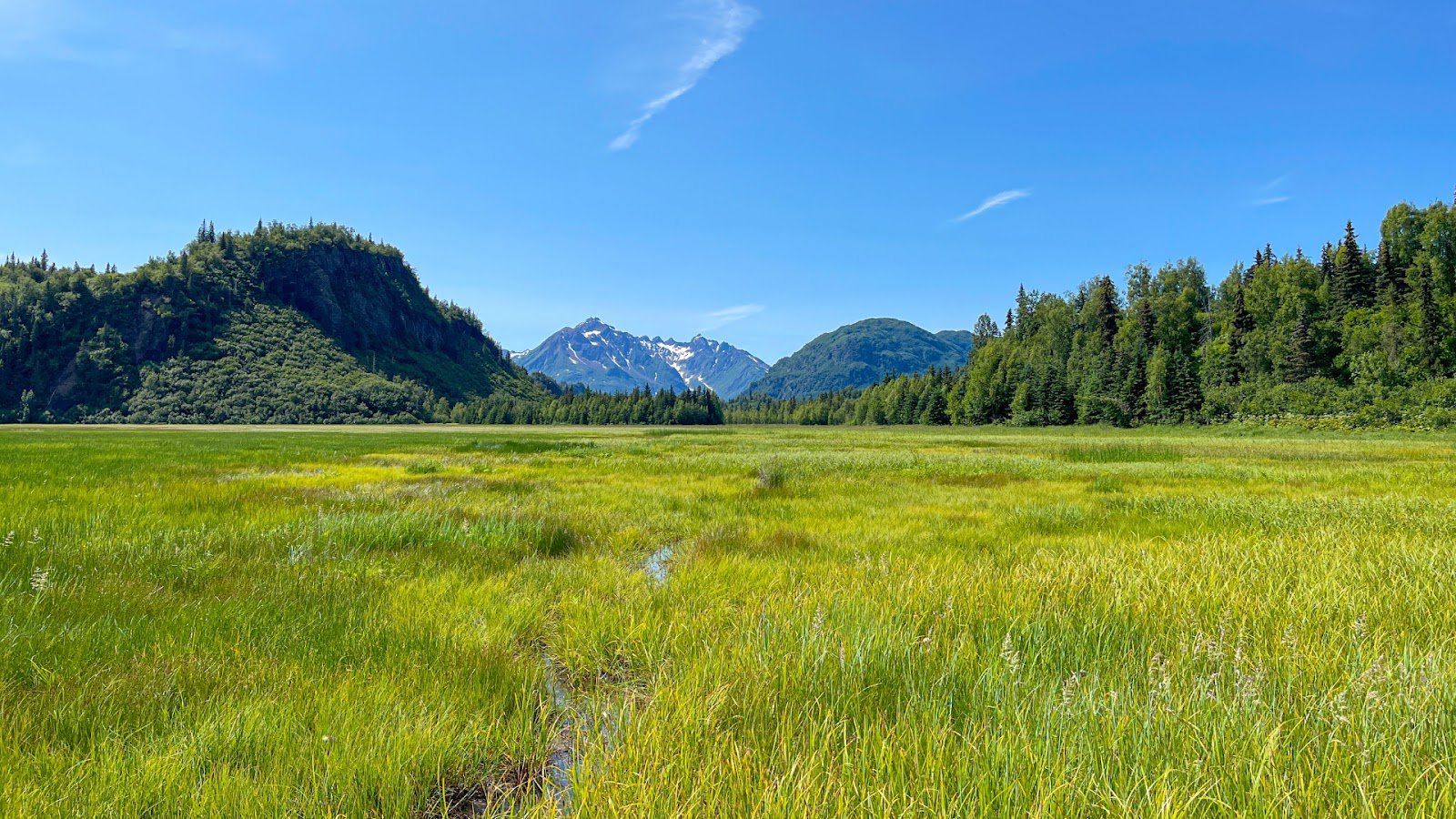
Summer (June-August) brings the warmest temps and longest days. Expect highs around 50-70°F at peak season. Just be ready – mosquitoes and other bugs are out in full force then.
Fall shifts things with cooler air and amazing color changes. September into early October is prime time: fewer insects and hillsides bursting with autumn colors.
Access gets very tough come winter. Only highly skilled adventurers should try it. You’ll face:
- Bitter cold;
- Very short daylight;
- Difficult travel needing special gear and know-how;
Spring arrives late up here. May often still means snow and cold. It’s a transition time where melting ice makes river and lake travel risky.
Planning Your Visit
Getting to Lake Clark National Park won’t cost an entrance fee. But reaching it? That’s different. Its remote spot means you’ll likely fly in, and that flight can be pricey.
Think of Port Alsworth as your main gateway. It’s where park headquarters sit. This small town offers basic needs:
- Places to sleep;
- Food options;
- Fuel for boats or gear;
Planning ahead is key for any Lake Clark trip. Weather often disrupts schedules, so pack patience alongside your bags. Always carry emergency supplies too – help isn’t always nearby.
Don’t expect cell service out there. For backcountry safety, a satellite communicator is your lifeline in an emergency.
If you’re new to wilderness travel, guided trips add expertise and safety. Local outfitters handle everything – quick day trips or long expeditions deep into the wild.
Final Thoughts
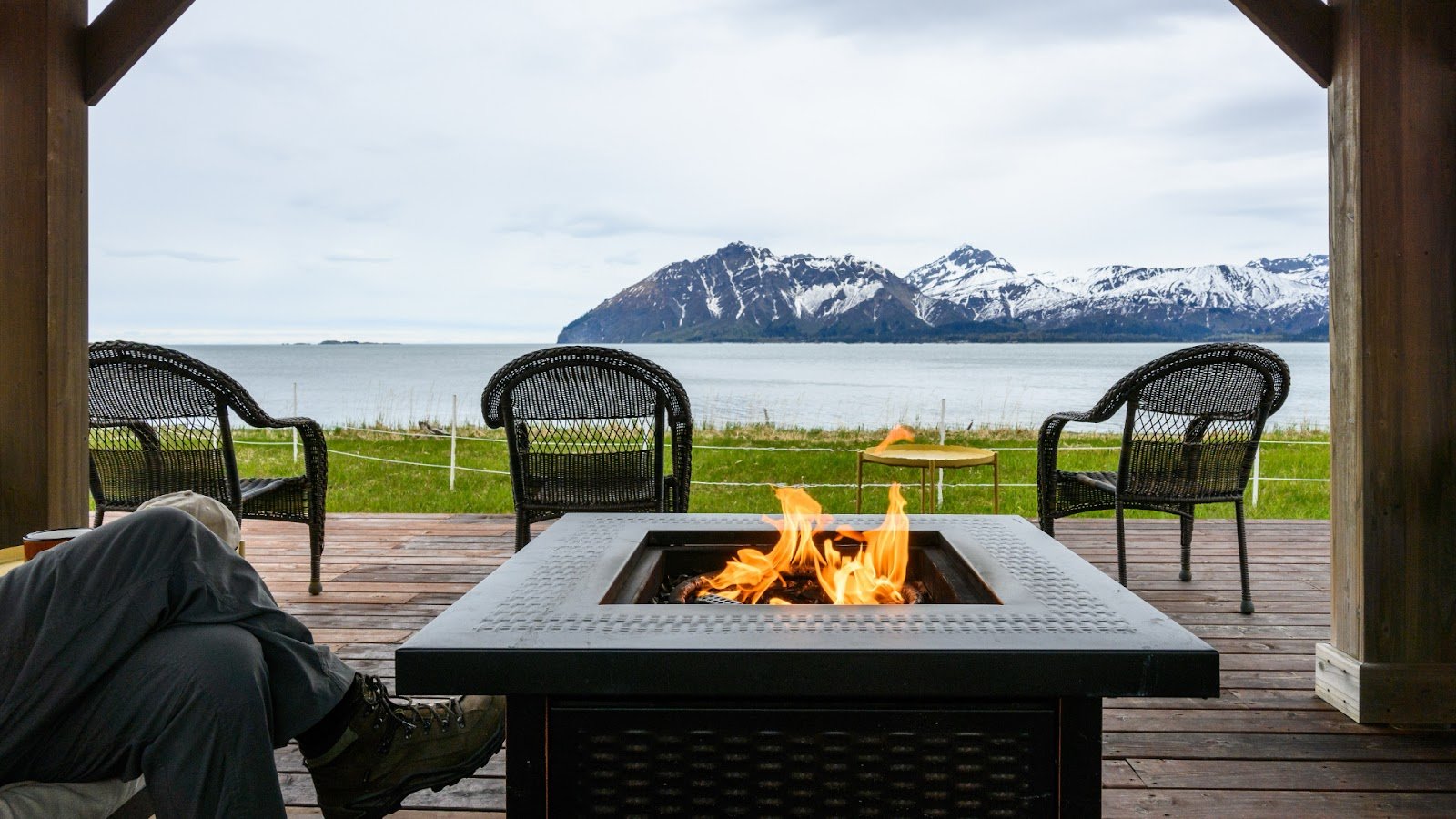
Lake Clark National Park serves up real Alaska wilderness. You can find adventures here, from easy day trips to tough expeditions. Every visit sticks with you, connecting you to one of America’s truly wild places.
Spend a day or stay weeks exploring Lake Clark. This park gives you that Alaska experience you pictured: wild, remote, impossible to forget.






0 Comments